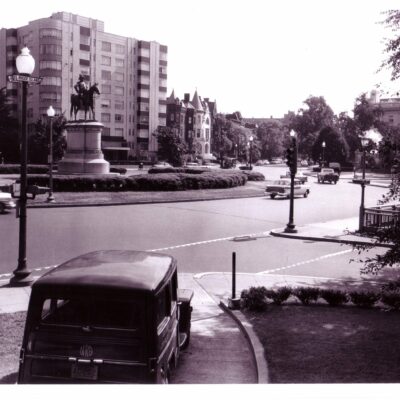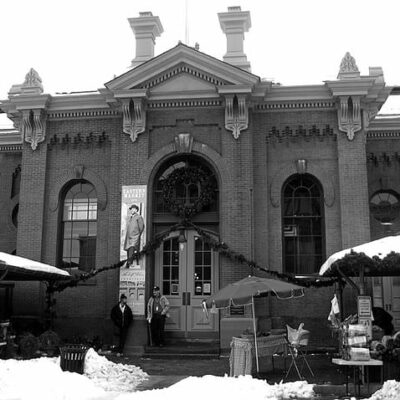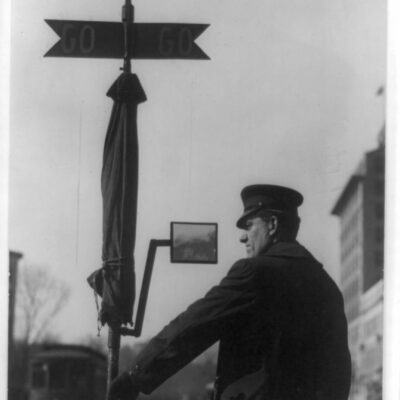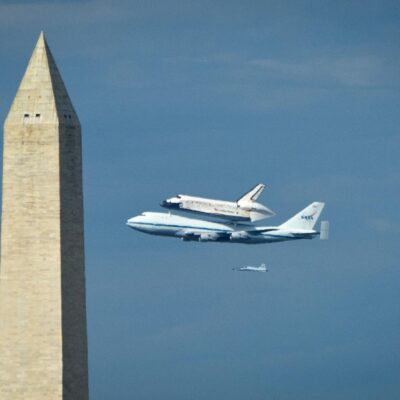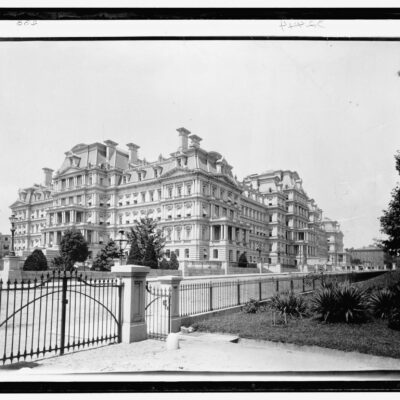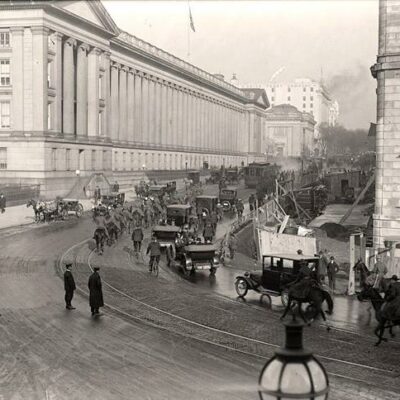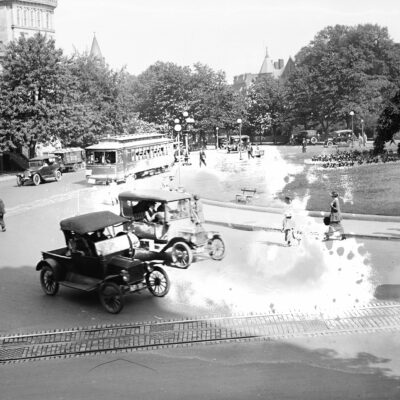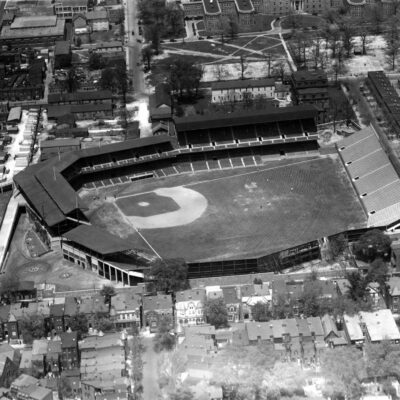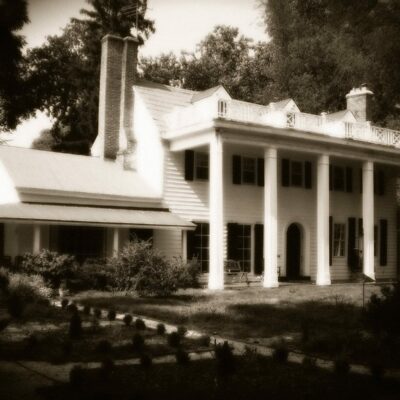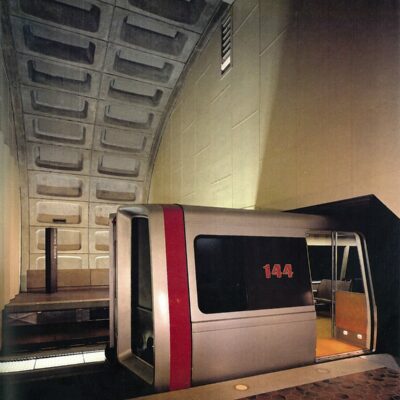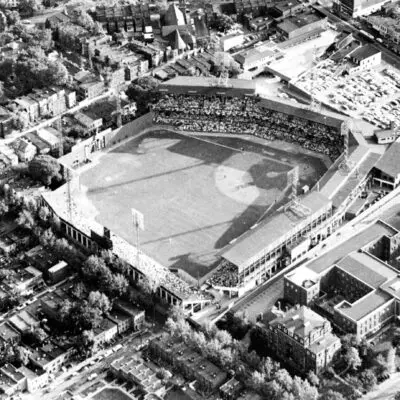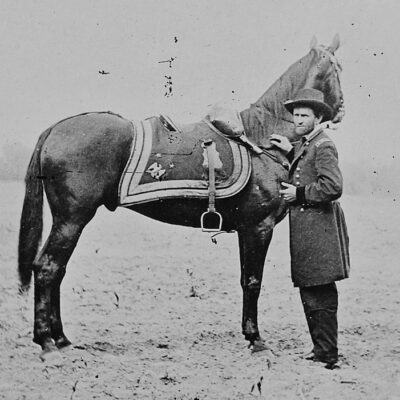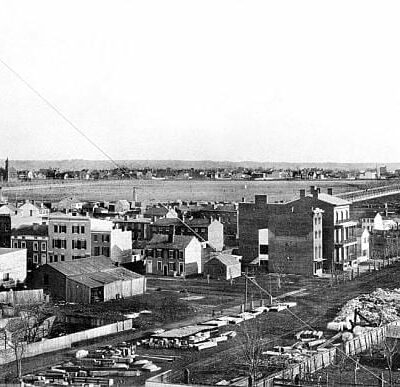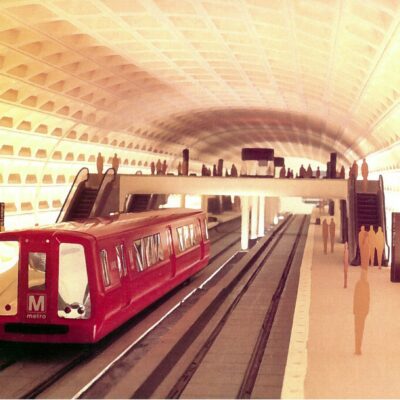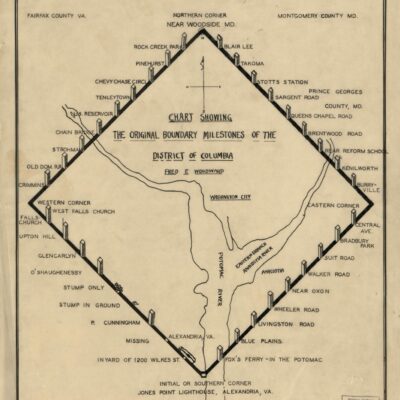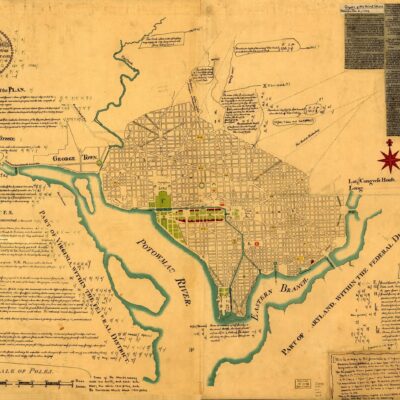We are a great nation and Americans in the 1880s were proud of their rapidly growing and dominant country. But how can you truly be a great nation without a national zoo to show off all the wonderful creatures that roam your lands, as well as those of foreign lands? Not only that, how will you help preserve the species that were being decimated by the rapid westward expansion and industrial progress?

The Boston Globe had an article on August 24th, 1888 with a compelling argument supporting the drive for a national zoo. Senator James Beck of Kentucky was sponsoring a bill pushing for this.
This is the only great nation in the world that does not possess such an institution, and of all the nations this is the one that needs it most. In no other country are the native wild animals becoming so rapidly extinct. Only a few years ago the great western plains were black with bison; now that huge animal is a curiosity even to the dwellers on the plains. A thousand other varieties and species are being exterminated with equal rapidity. If the children of the coming generations are to know anything of the kind of animals that once roamed over the United States, except from books, something like what Senator Beck’s bill contemplates must be done at once.
-ad 197-The price of land in Washington, already enormous, is rapidly rising, and for that reason, if no other, delay will be costly. At present land can be had for the purpose at a reasonable price, but every month adds to its value.
At a cost that would be trifling compared with the benefits to be derived, Congress might give the country the largest and most interesting collection of live animals in the world. The primary object of the proposed “Zoo” should be to preserve perfect specimens of American animals, but there is no reason why wild denizens of Asiatic jungles and South American forests should not have a department to themselves.
The “National Zoo” is a good object on which Democrats and Republicans can united for the credit of their common country. Congress ought to give it to us, and any person in private life can help secure the “Zoo” by writing to request his Congressman to vote for Senator Beck’s bill.
We know the ultimate result, but it’s interesting to see the press’ push for grassroots support via writing Congress — a practice that is continued today, multiplied by a factor of at least a thousand with electronic communication.
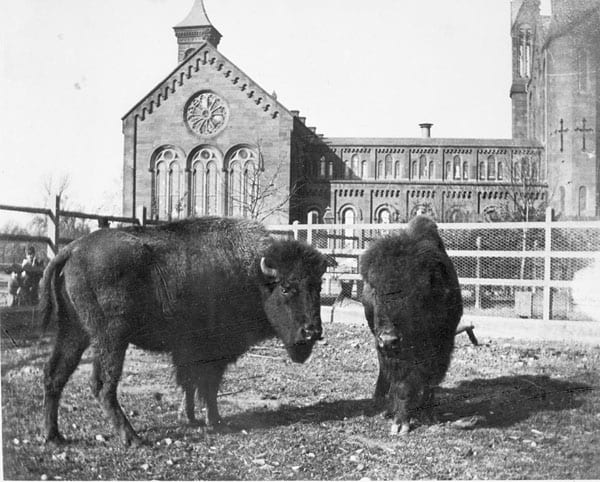
The National Zoo was established by an Act of Congress in 1889 and the following year it was subsumed by the Smithsonian. The article below is from May 30th, 1889, discussing the selection of a site for the new zoo.
The commission appointed by Congress for the establishment of a zoological park have decided upon the proposed location, the site selected lying along Rock Creek, just above Woodley Park. The boundary lines of the proposed park have not been finally fixed, but the general location is practically settled. Beginning at the northeast corner of the colored cemetery the line will probably run along the north side of the cemetery, taking in a narrow strip.
Crossing Rock Creek it will take in a portion of the southeast corner of Woodley Park, and will cross the Evans property so as to take between eighty-five and ninety acres of the lower portion of the property. It will probably be extended to the Klingle road at a point about 700 feet west of the Klingle bridge. Thence it will follow the Klingle road across the creek, two-thirds of the way from where it crosses the creek to Pierce’s Mill road. It will run along the south side of the creek through the Walbridge property taking a strip about four hundred feet wide, striking the quarry road on a direct line with the old quarry, and thence diagonally from the quarry across to the starting point at the corner of the cemetery.
The site selected includes between 150 and 160 acres, and comprises one of the most picturesque sections of the Rock Creek valley.
The property is owned principally by Doctor Holt, Pacificus Ord, N. H. Walbridge, and the Evans heirs. There are several parcels in the vicinity of the old abandoned quarry held by various owners. The appropriation to purchase the land does not become available until July 1. A survey has to be made and the work of examining will cause delay.
-ad 607-Senator Stanford has sent to the Smithsonian Institution a young antelope from California to add to the collection for the National Zoo. It was eleven days on the trip, and reached the park sadly banged up, but is recovering, and Captain Weeden, keeper, hopes to be able to save it. Heretofore it has been found impossible to keep antelopes in confinement for any length of time.
Another recent addition to the aviary is a trio of Mexican birds, chachalacas, a sort of pheasant, sent by Capt. Henry Romeyn, of the Fifth Infantry, stationed at Fort Ringgold, Texas. An ant eater from the same contributor, is expected shortly. Arrangements have been made for the reception of two cinnamon bears, donated by a hotel-keeper in Montana, whose generosity was aroused by reading of Buffalo Bill’s gift of three buffalo.
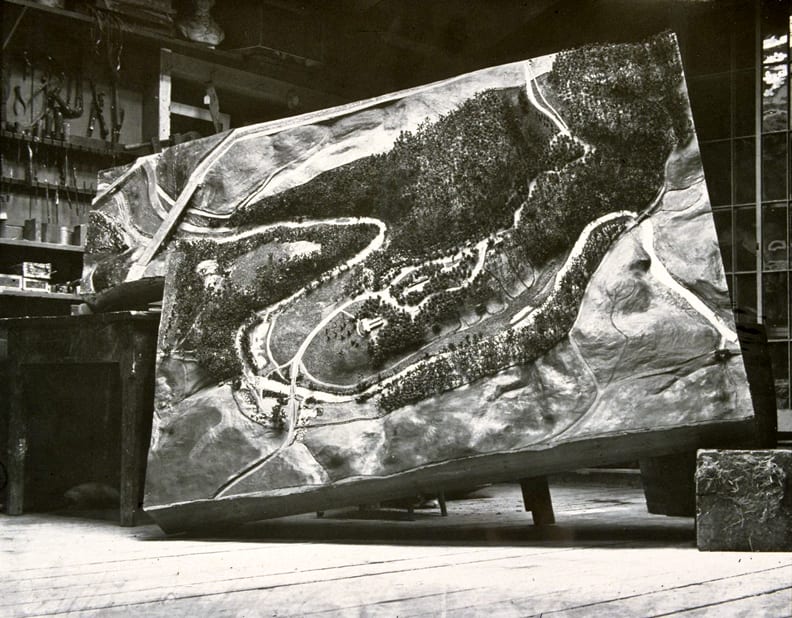
Several months later, another article mentions the final submission of the proposed land acquisition was give to President Cleveland. The article in the Washington Post was printed on November 21st, 1889.
After months of patient labor the commission which was appointed by Congress to select a site for a zoological garden have at length succeded [sic] in securing a site which is in every way desirable, and this morning will submit to the President an official map of the ground, together with a schedule of the prices which is to be paid for the same. The grounds extends on either side of Rock Creek, from the line of the Woodley Lane Bridge to Klingle Road, and embraces in all a little over 166 acres.
The property selected is owned by a number of persons, the principal owner being Miss A. E. J. Evans, from whom ninety-four acres i purchased. Any one who has driven out along the Rock Creek road will at once see the beauties of this section of the District as a sight for a zoological park. The ground is heavily wooded and comprises many picturesque spots. Rock Creek winds through its entire length.
It is understood that the price paid for the larger part of the ground averaged $1,000 per acre, but the commission are unwilling to make the price public until the President has seen and approved the report. Those persons from whom ground has been purchased are:
-ad 611-
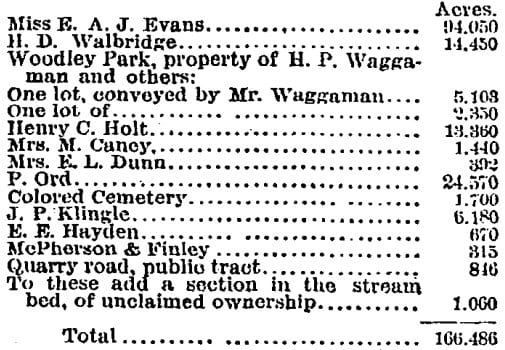
Oh, by the way, Senator Stanford’s antelope didn’t survive … and there was a pleasant mention of it in the Post on June 19th, 1889.
The antelope recently sent by Senator Stanford as a contribution to the National Zoo is dead. For several days after its arrival here it gained rapidly in strength, and it was hoped that it could be kept alive until removed to more commodious quarters in the Rock Creek Park. A few mornings ago, however, some cur dogs from the neighborhood strayed into the grounds and so harassed the antelope that it dashed its brains out against the side of the enclosure in a vain effort to escape.
-ad 618-This is not the only instance where the Zoo has suffered from the dogs in the neighborhood. A Rocky Mountain goat, which had been tied to a tree on the lawn, was attacked recently by a big Newfoundlad [sic] dog, and in its efforts to escape ran to the end of its rope with such a force that one of its horns was pulled from its socket.
Ouch. That sounds horrible and gruesome. Watch out for the wild dogs loose in Woodley Park.
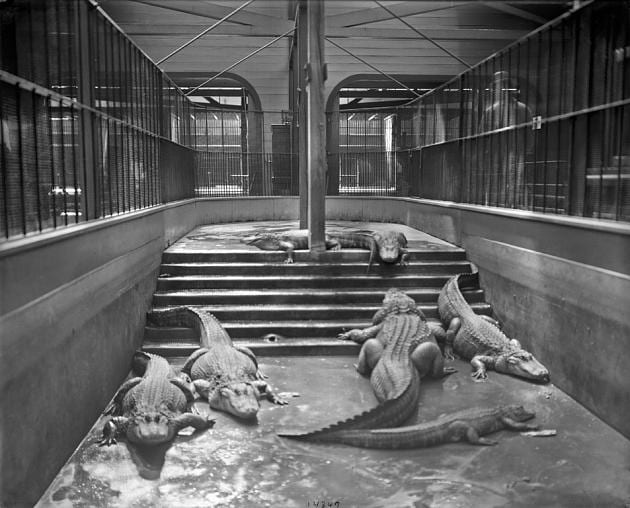

Related articles
- Cooling Off in Rock Creek
- Woman Fatally Mauled at National Zoo
- Reader’s Choice: Why is Syracuse University in Woodley Park?
- Fall colors in Rock Creek Park (raoulpop.com)
- Washington’s Circumferential Highway: Fighting Over the Capital Beltway
- Suite 870: the Haunted “Ghost Suite” at the Omni Shoreham Hotel
- Then and Now: Boulder Bridge, Rock Creek Park . . . and Meet Lansing H. Beach
